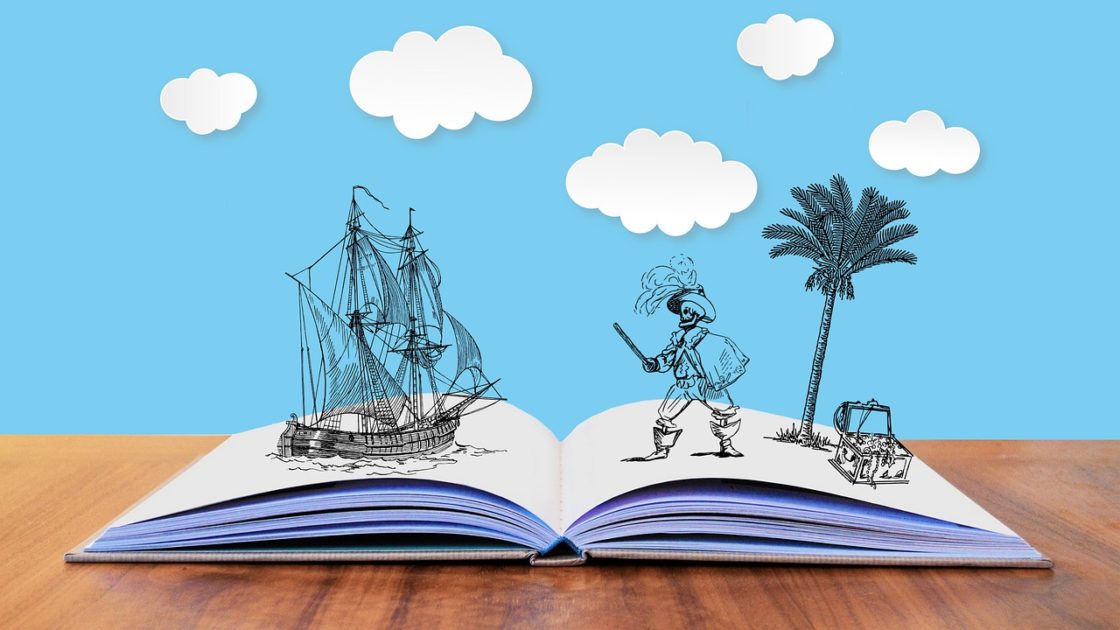QUICK SUMMERY : While you don’t want to design a website for all five senses — because that would most certainly lead to sensory overload — you can use individual senses to strengthen the experience visitors have. Let’s take a look at five ways you can use the senses to put your visitors in a better headspace when they enter your site and interact with your brand.
Maybe it’s the whiff of someone’s perfume. Or a bite of pizza from a new restaurant. Or a song playing over the loudspeakers at the store. But the second it hits, you’re immediately transported to another place, time, or mood.
Imagine if your website could evoke this kind of response. Visitors who respond to the sensory stimulation would instantly be in a more positive headspace, which they’d then associate with the site and your brand.
Just be careful if you’re going to attempt this. Not every sense-triggered memory or emotion is going to be a positive one, so you want to focus on more generalized and shared experiences that come with little risk of backfiring.
Here are some ideas to help you do this:
Designing For The Sense Of Sight
A website is a medium to be seen, so you’d assume that the sense of sight is the most powerful one to play with. But there’s a difference between a visitor taking in the photos and words on a web page and feeling something because of what they’ve seen.
The truth is, sight is the most pragmatic of the senses. Typically, what you see is what you get.
Nevertheless, it is possible to design a website so that it alters the mood of anyone who visits it.
Color theory is one tool you can use to inspire visitors to feel a certain way based on what they see. However, that can be problematic as colors often have multiple meanings not just across cultures but within them as well. So, while you might think you’re making visitors feel happier with bright yellow hues, it could instead be making them feel overwhelmed and anxious.
What I’d suggest you focus on is how to use visuals to create an immersive experience that transports your visitors to another place or time. They shouldn’t need to look past the homepage for it either (though it’s a good idea if you can make it extend across the site).
Travel and hospitality sites have a tendency to do this well. Let’s look at an example.
Visit Philly is a tourism site I like to use to find things to do around the city. And that’s because this is how most of the pages on the site are designed:

Each page feels like a physically immersive experience without forcing visitors to watch a background video or scroll through a carousel of photos. Instead, each full-sized image perfectly encapsulates the setting that awaits each visitor.
Unlike staged, overly manipulated or stock photos that portray an unrealistic reality, visitors aren’t likely to ignore this kind of content. Because it’s real and it’s also easy to put themselves in the shoes of the people they’re looking at. The man and his dog. The family going for a walk. Or the people enjoying the spectacle that is Spruce Street Harbor Park:

For people who’ve been to Philadelphia, the visuals on this site are likely to lure them back to the good times they had. And for people who are new to the city, the oversized visuals that show off the city’s hotspots enable them to picture what it’s like to go, which is a very effective way to sell someone on an experience.
Voracious readers will definitely be able to smell the athenaeum and its old collection of books through this photo.Or how about a company that’s known for making cleaning products like Tide?

Even if you don’t use Tide to do your laundry, you know exactly what the first image in this carousel is going to smell like.
Fresh laundry is the scent of cleanliness and comfort. I’d also argue that it’s the scent of satisfaction because nothing feels better than getting laundry done and over with.
I also really like what Coffee Culture Cafe & Eatery has done with its homepage video:

It’s not abnormal for a restaurant or cafe to show photos of its food or drinks. However, this is the raw product: the coffee beans. And as any coffee drinker can attest, this photo smells delicious and is something that’s sure to awaken their anticipation in ordering their first cup.









